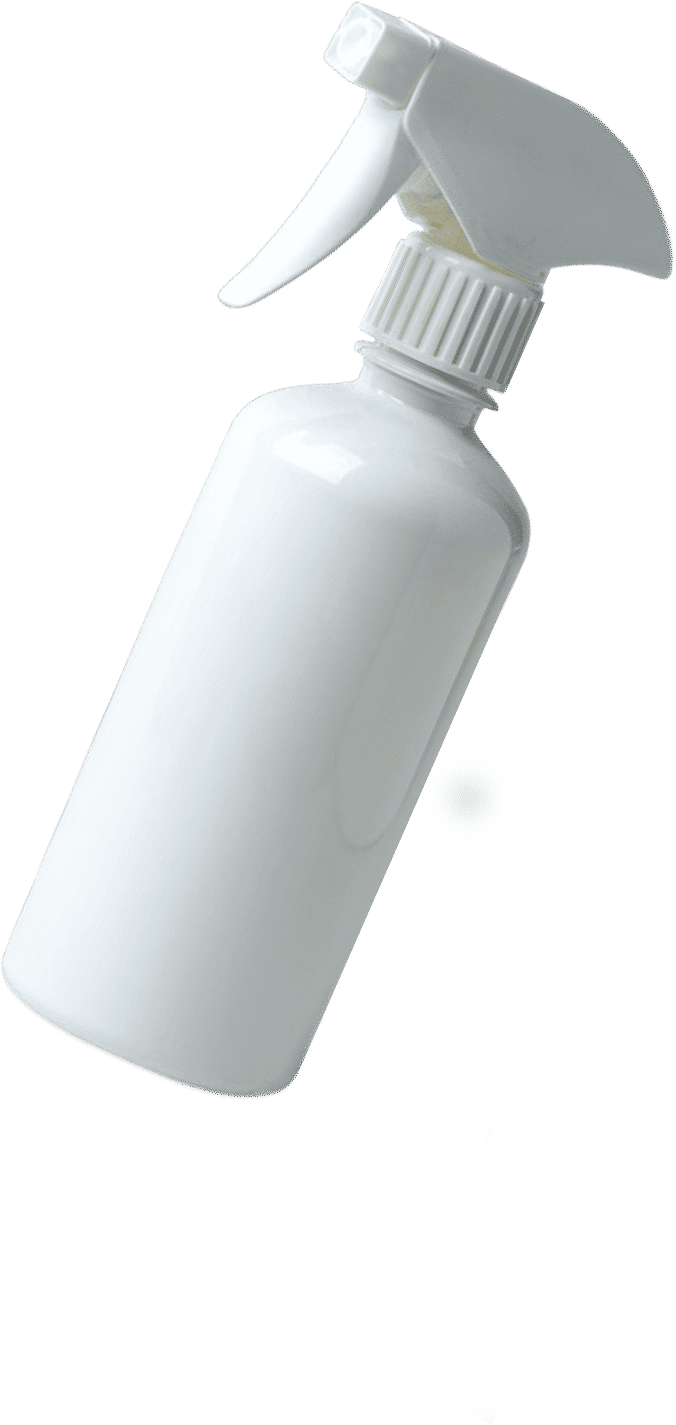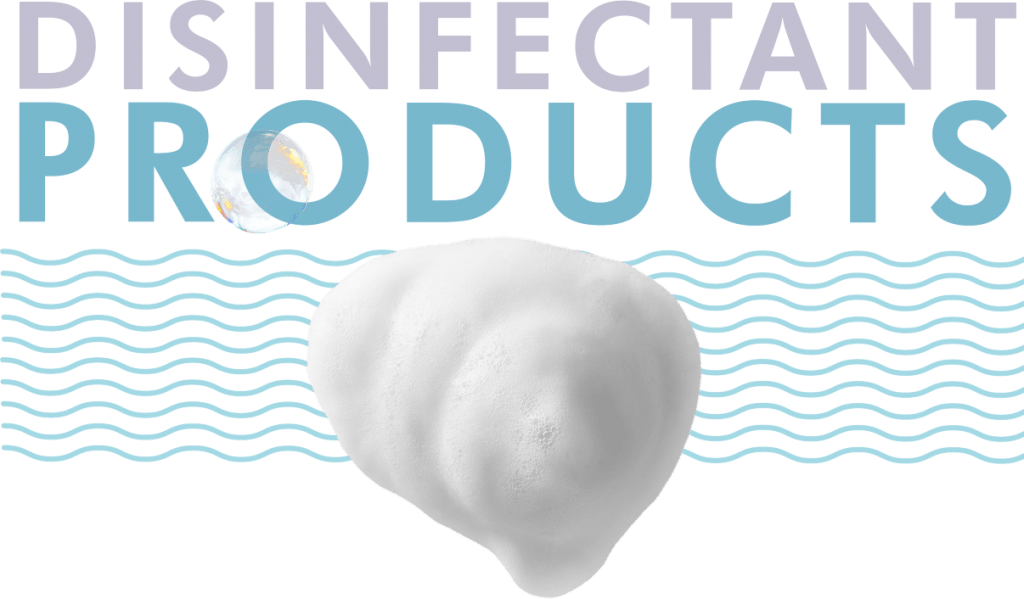




Disinfectants are chemical agents produced in order to inactivate microorganisms on inert surfaces. Disinfection does not necessarily kill all microorganisms, especially resistant bacterial spores; but it keeps the surfaces clean enough to human life.
Used as a disinfectant, it can kill most bacteria and fungi (including their spores). It is used as an additive in vaccine manufacturing to inactivate toxins and pathogens. Formaldehyde releasers are used as biocides in personal care products such as cosmetics.
Used as disinfection and sanitization. Our portfolio includes products with 25% and 50% active concentrations, and with FCC and USP registrations. Glutaraldehyde-containing formulations meet the needs of a variety of industries due to its strong efficacy across a broad pH range.
A colorless liquid usually produced as aqueous solutions of various strengths, used principally for bleaching cotton in alkaline and Hydrogen peroxide is used as an antimicrobial agent and an oxidizing agent antiseptic in mild acidic media.
Sodium hypochlorite (NaOCl) is a compound that can be effectively used for water purification. It is used on a large scale for surface disinfection, bleaching, odor removal and water disinfection.
Strong oxidizing agent fined application in water purification, Alge killing, Shrimp farm, fish ponds, chicken farm and pig farm, etc. has the sterilization requirements for healthy growth. Potassium permanganate and other chemicals like calcium hypochlorite, BKC, Chlorine, povidone iodine, hydrogen peroxide as disinfectant to treat water or farm.
Benzalkonium chloride 50%-80% is a quaternary ammonium antiseptic and disinfectant with actions and uses similar to those of other cationic surfactants. It is also used as an antimicrobial preservative for pharmaceutical products.

Disinfectants are chemical agents produced in order to inactivate microorganisms on inert surfaces. Disinfection does not necessarily kill all microorganisms, especially resistant bacterial spores; but it keeps the surfaces clean enough to human life.
